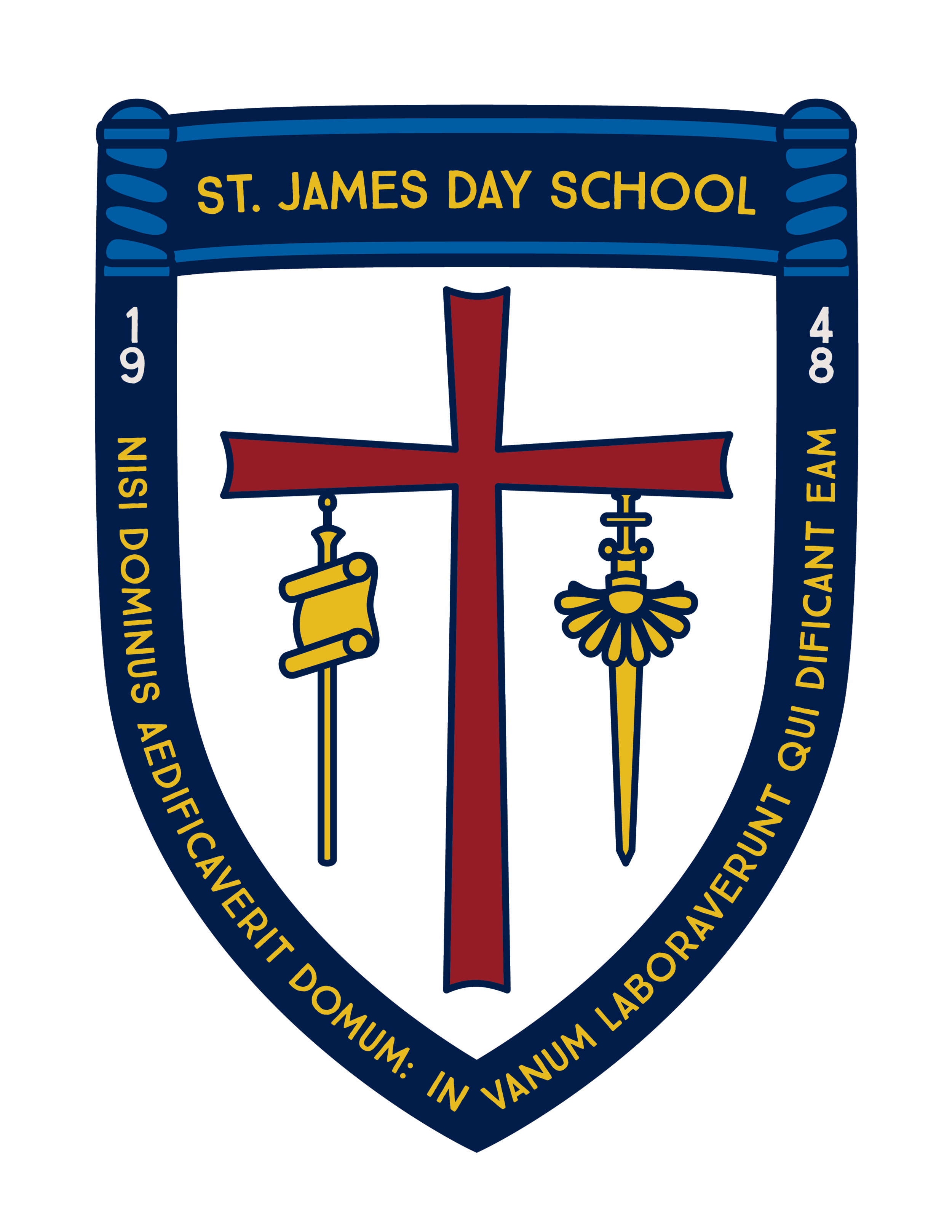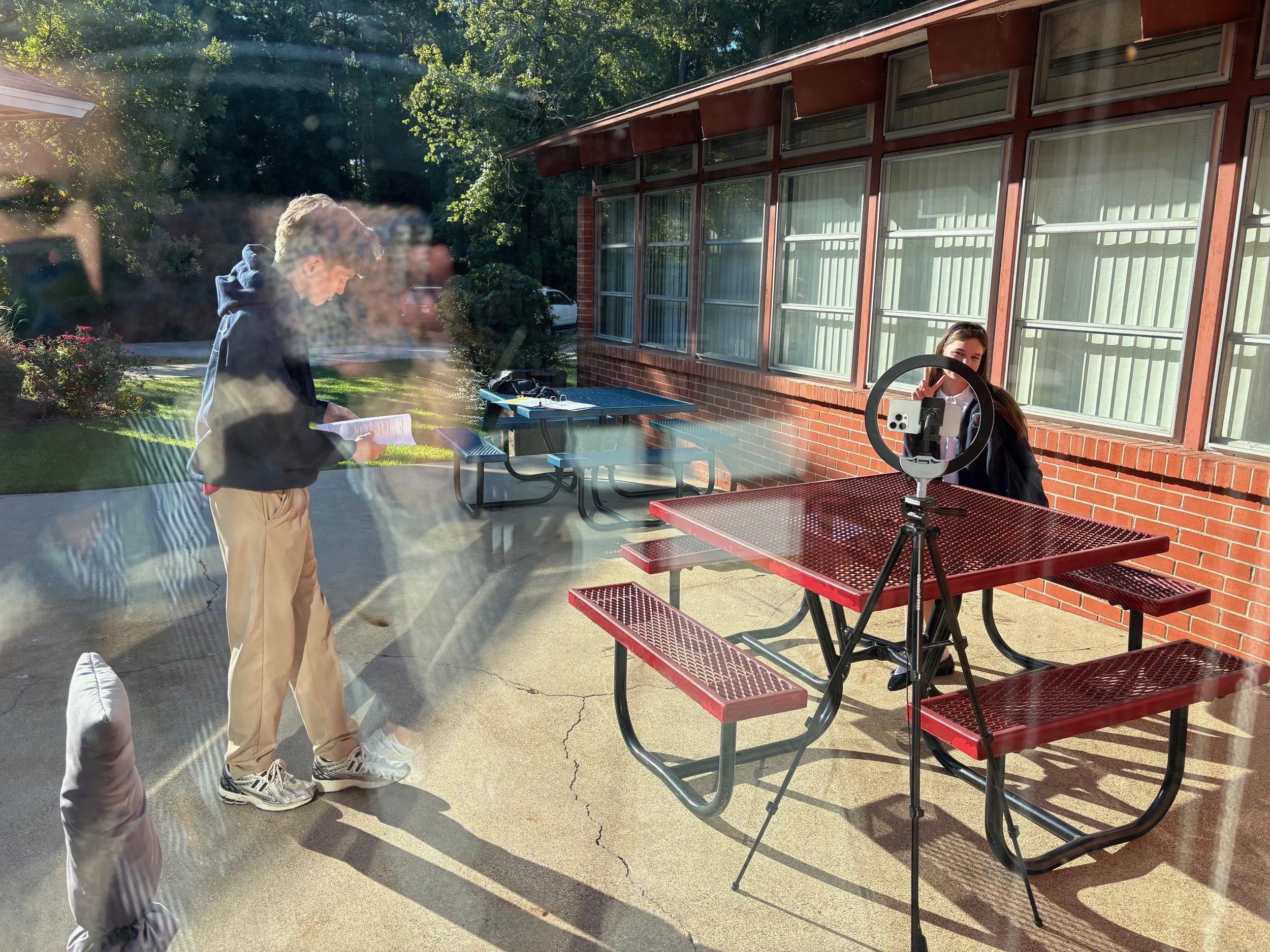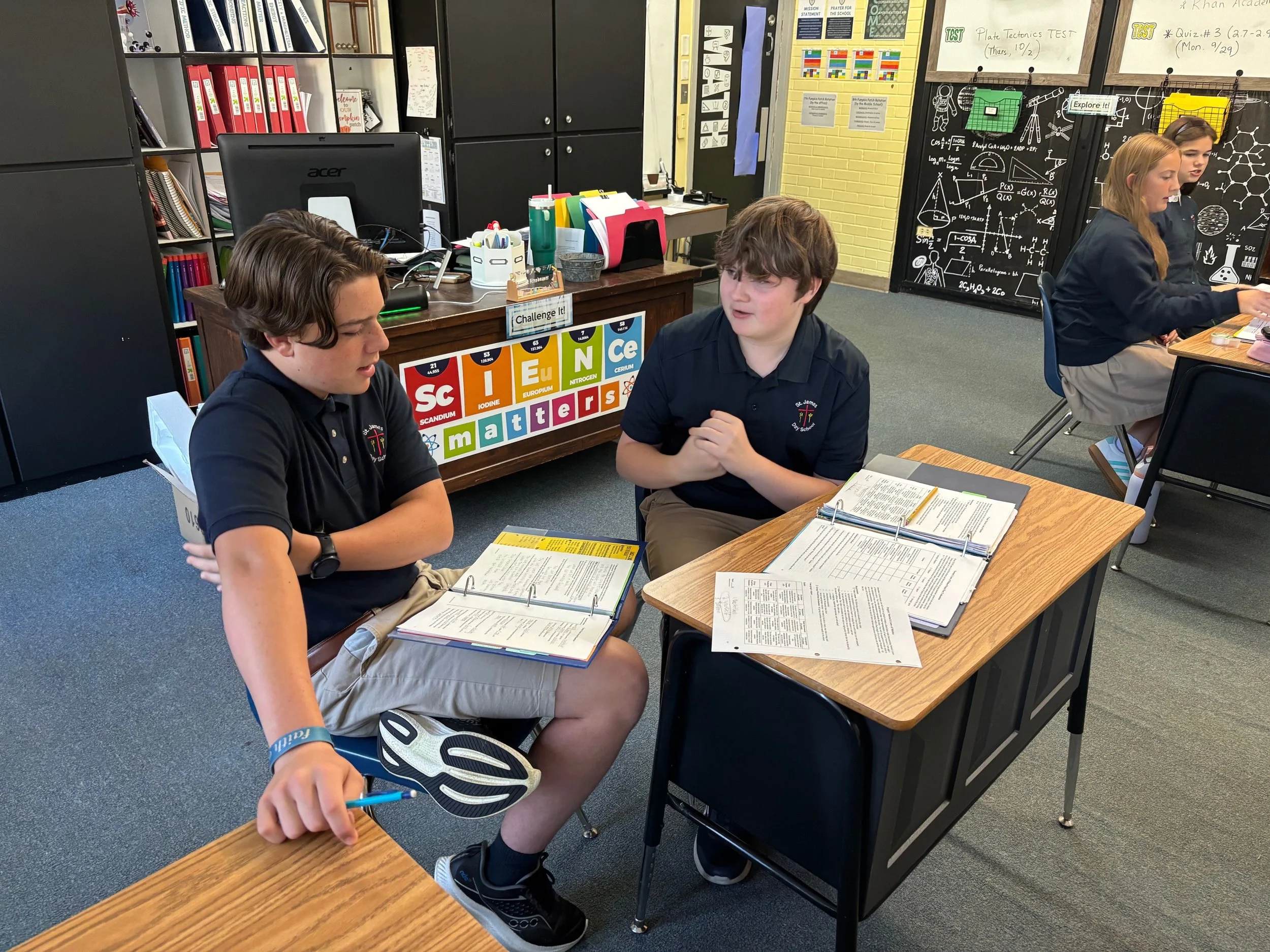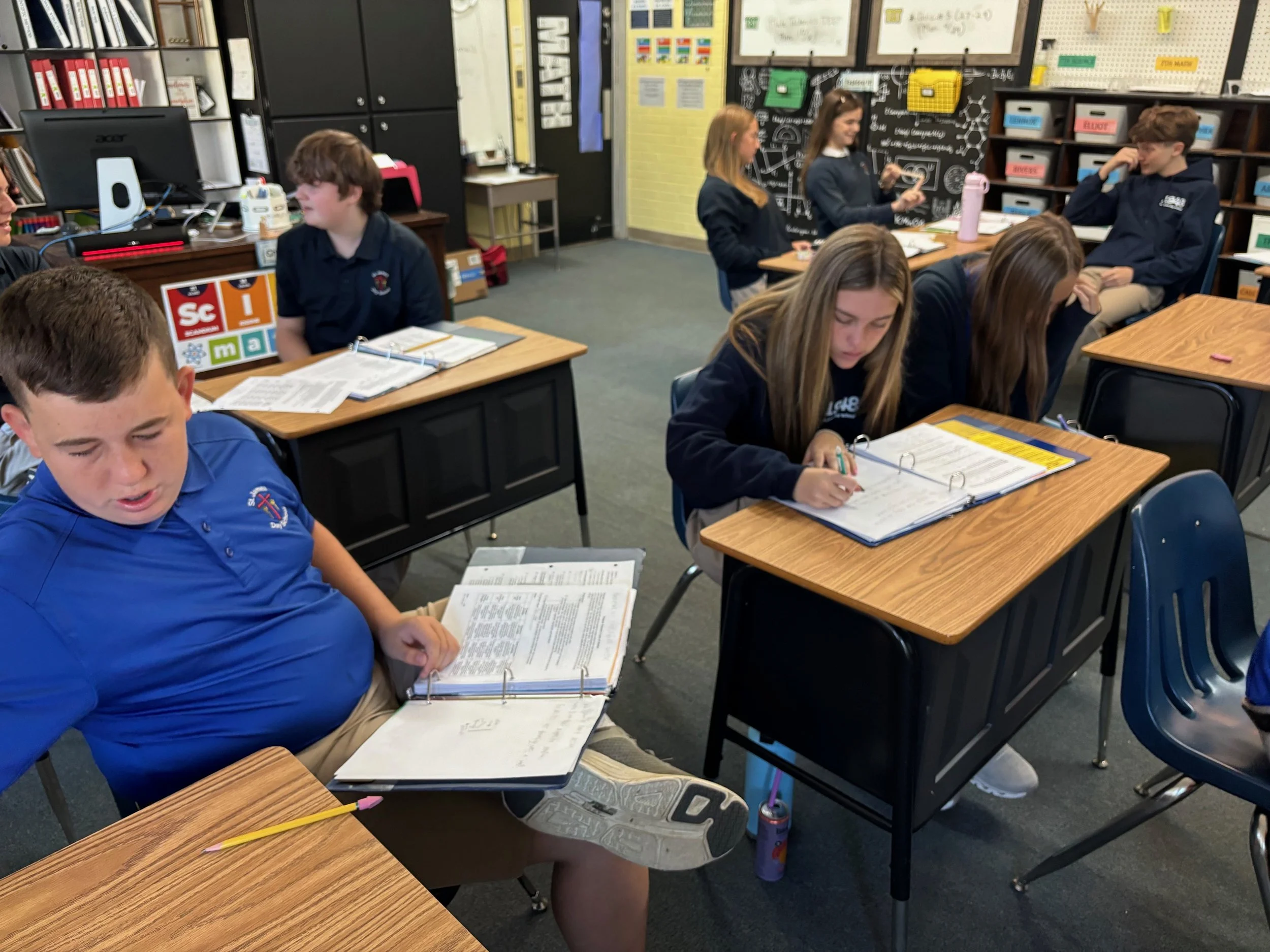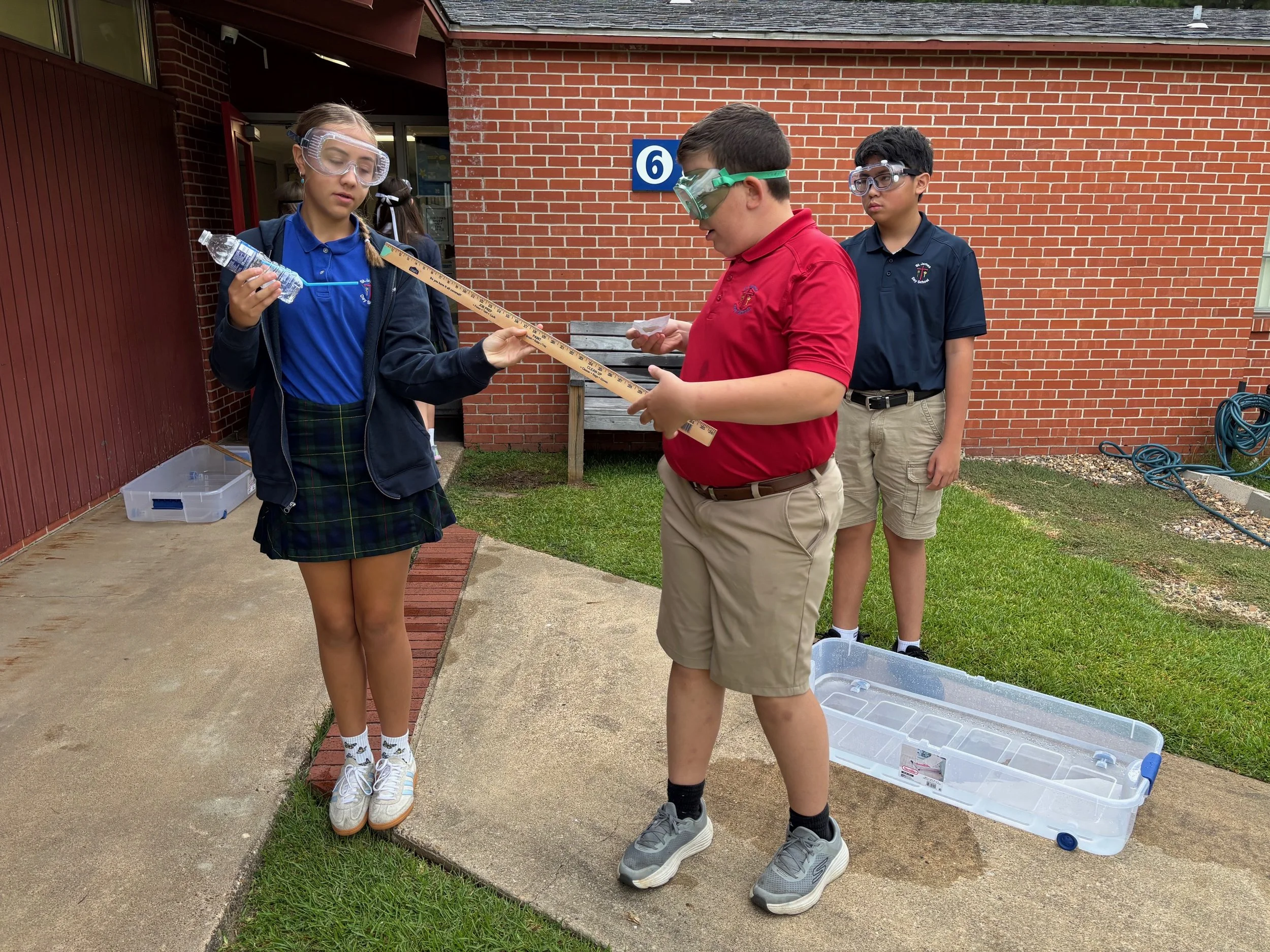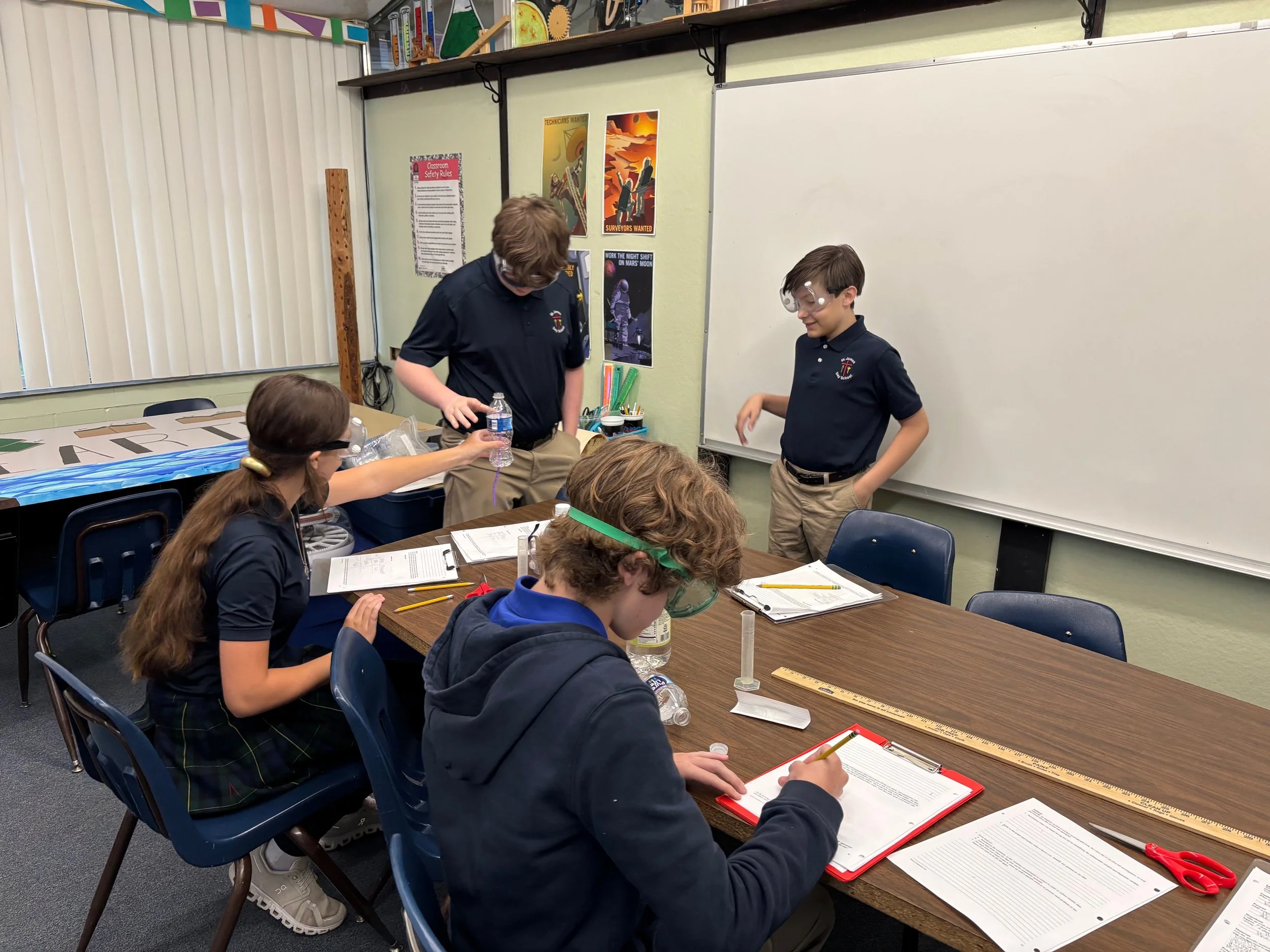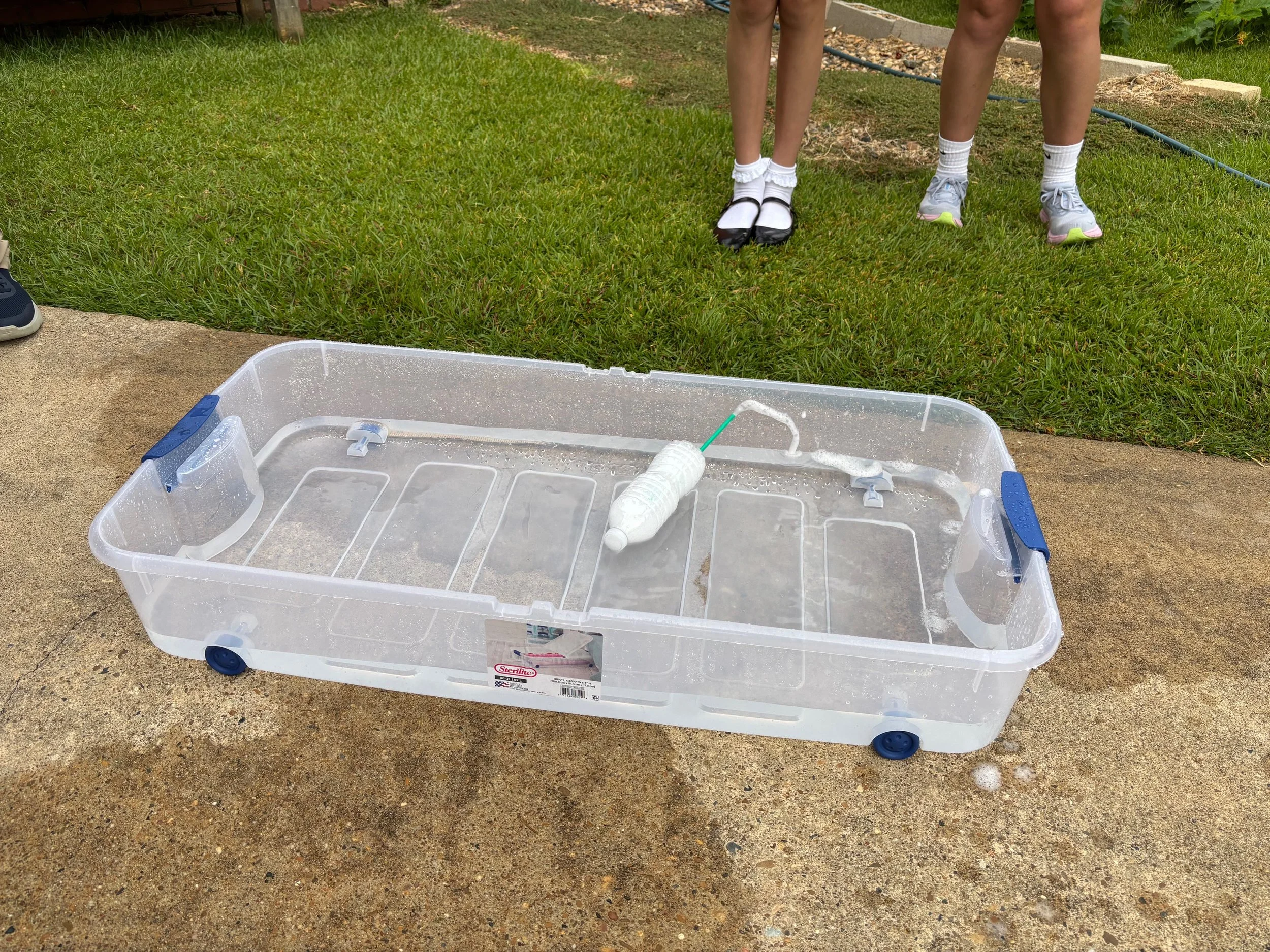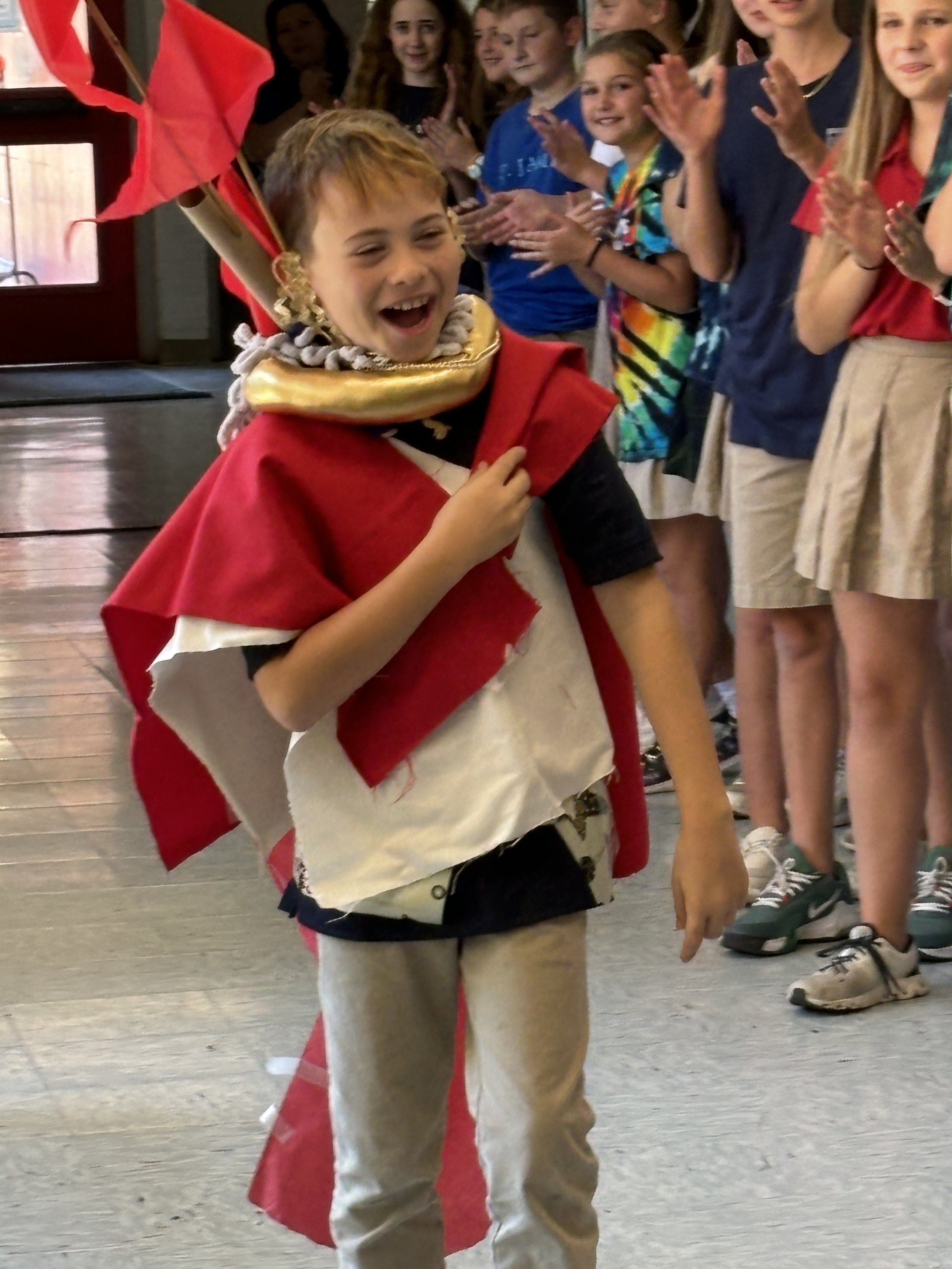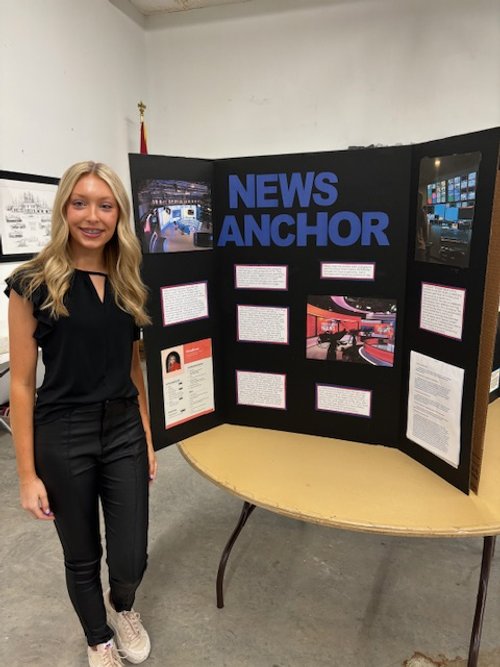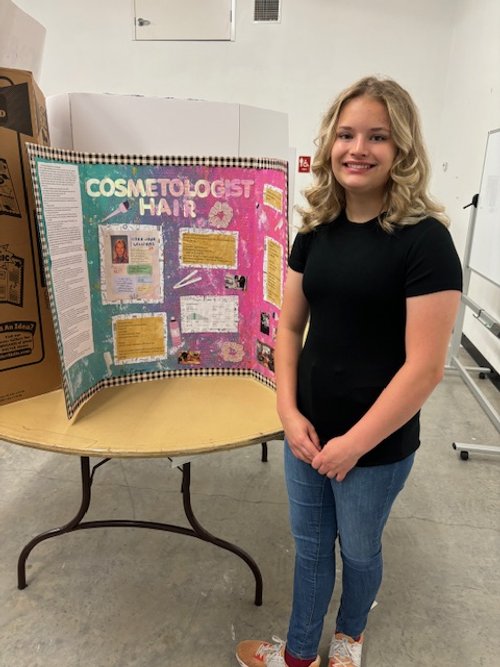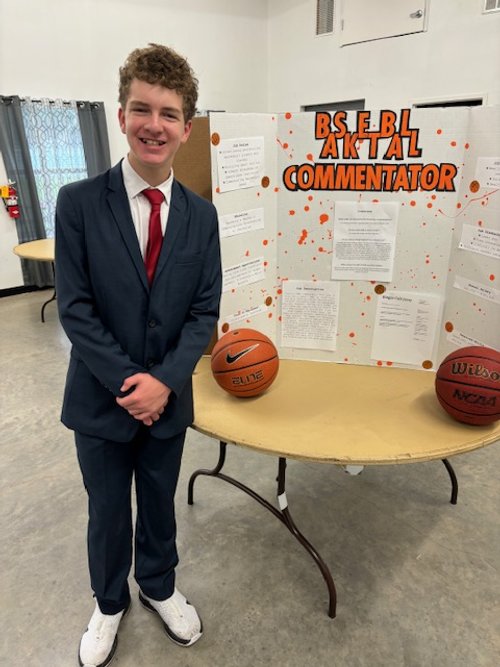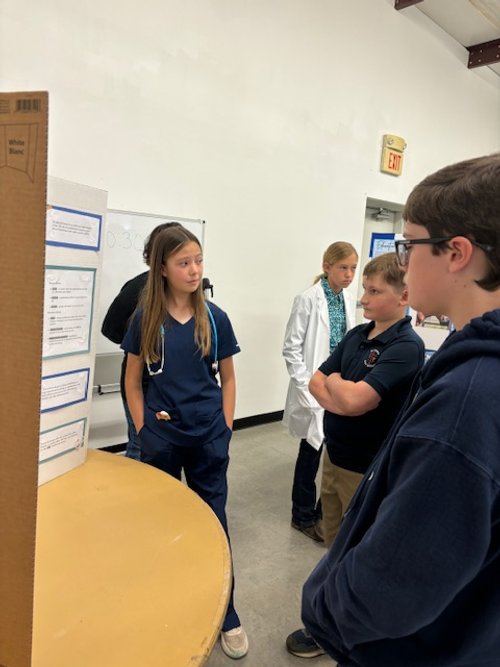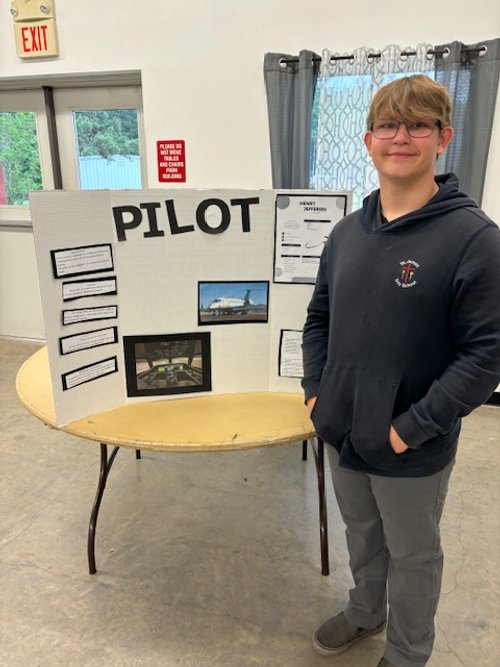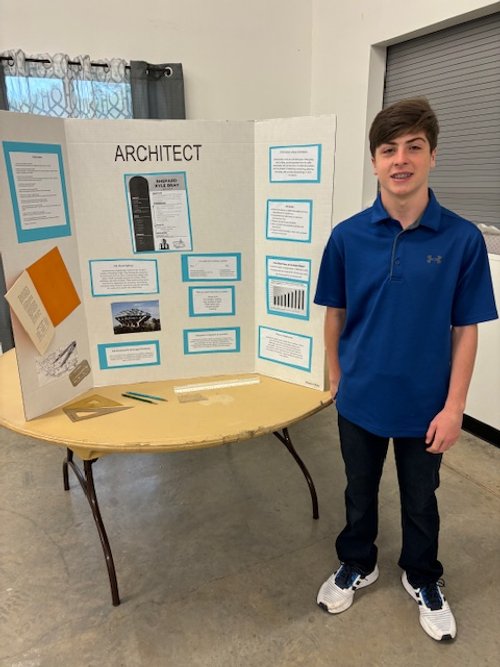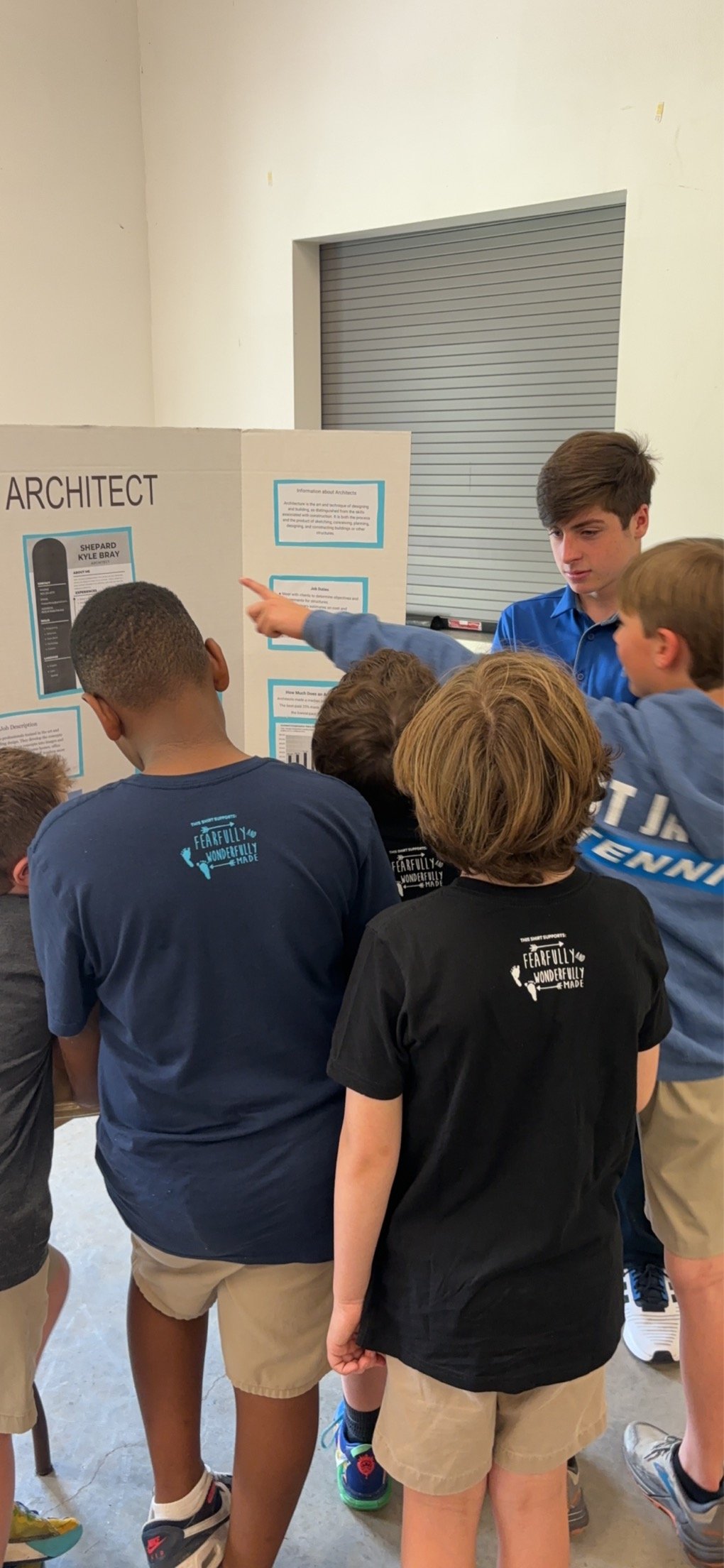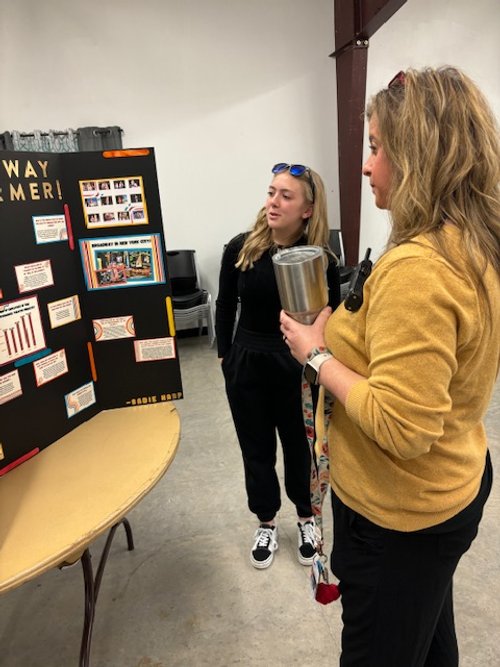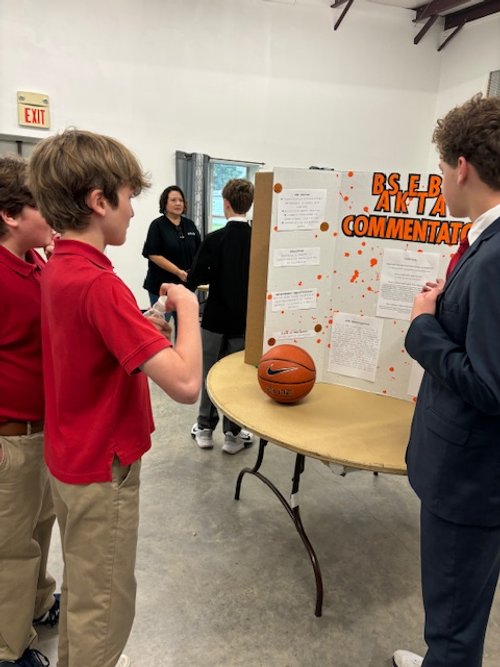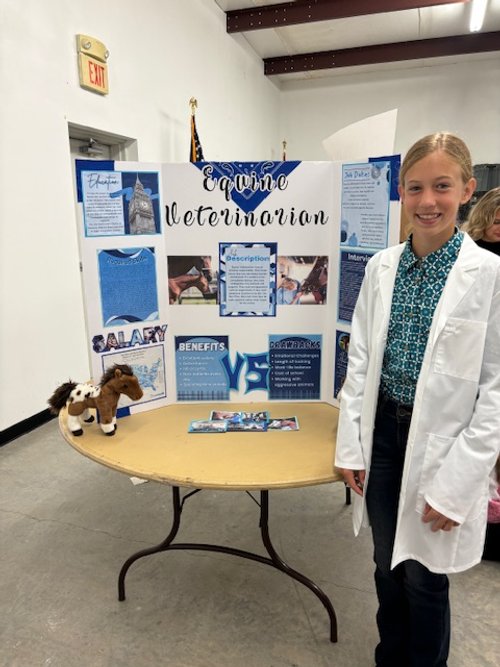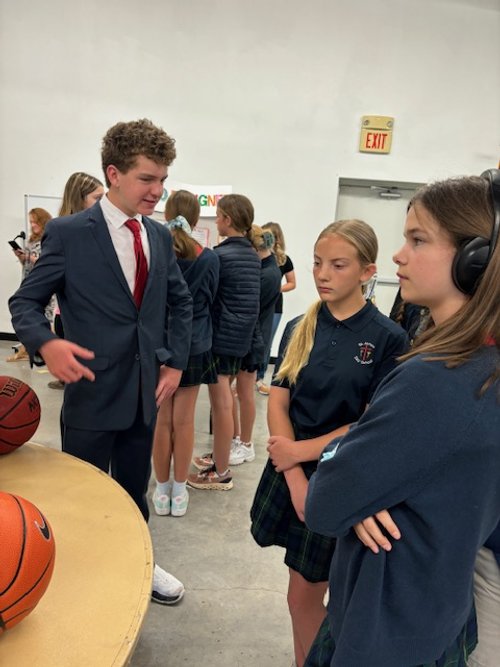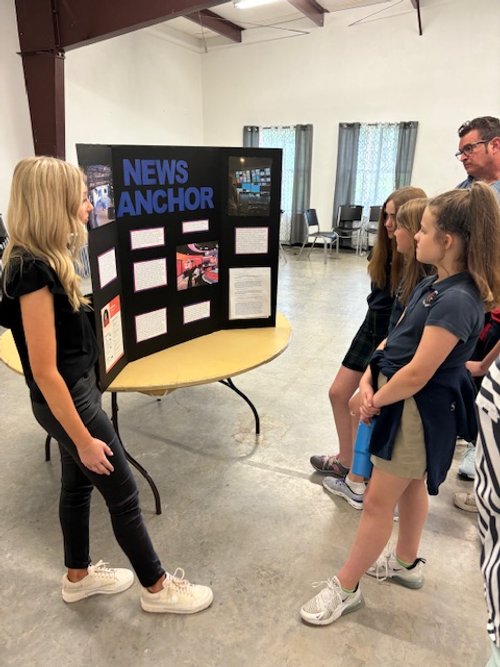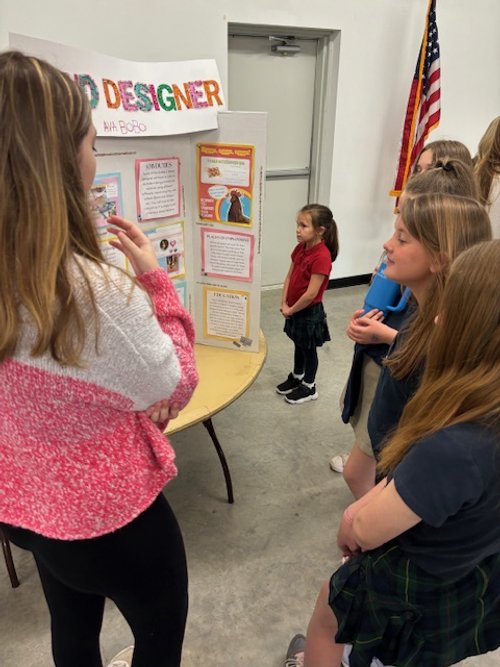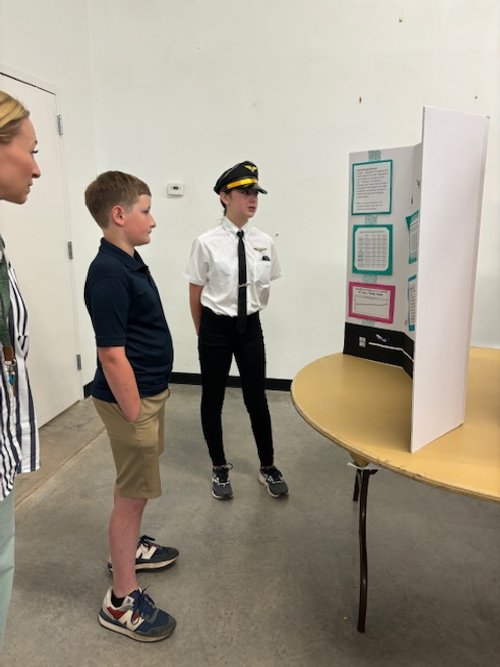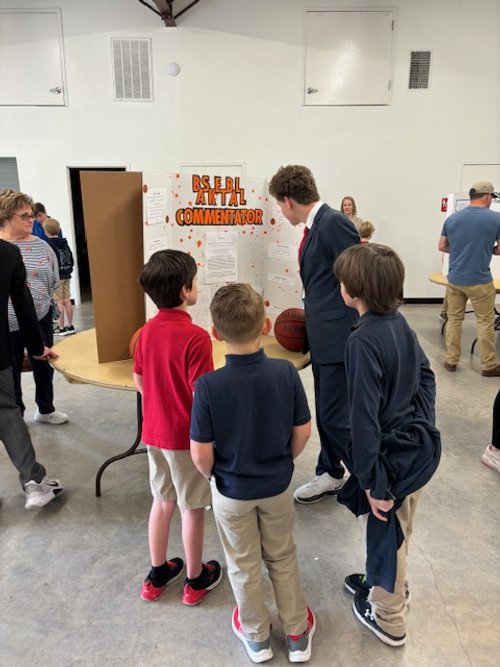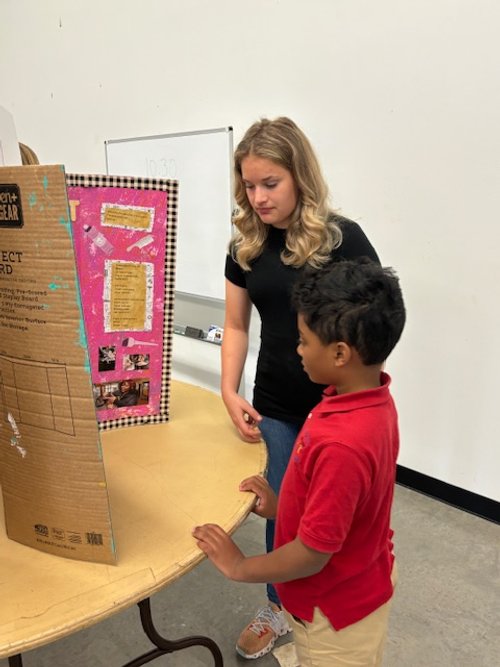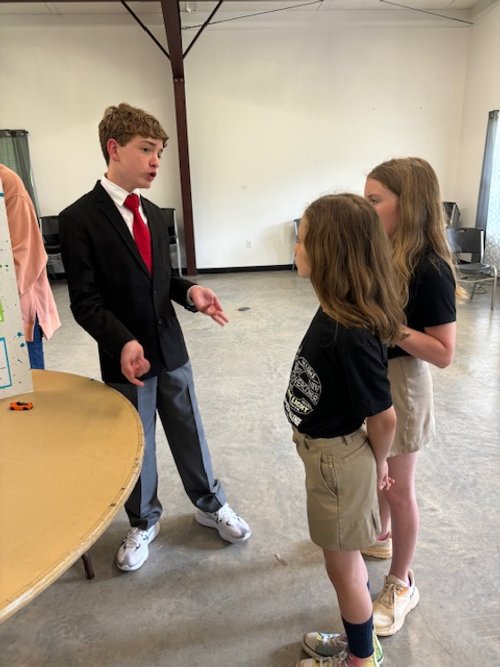By Lori Altenbaumer, 7th/8th Math & Science
Last Friday, our St. James Day School Pumpkin Patch came to life thanks to the incredible efforts of our middle school students! This annual event, one of our most beloved fall traditions, was hosted by our middle schoolers for our Primary and PreK students — and it was truly a day filled with joy, creativity, and leadership.
Our 7th and 8th graders began the day by sharing their original storybooks, which they wrote and illustrated themselves. Dressed as their story’s main characters, they read aloud to our younger Spartans, bringing their tales to life through expressive storytelling and colorful costumes.
Afterward, the middle schoolers performed the cheerful “Life Cycle of a Pumpkin” song, complete with colorful posters they created to help teach our youngest learners about how pumpkins grow. Their enthusiasm and energy made learning both fun and memorable!
Next, our older students took on the role of guides as they led our Primary and PreK friends through the pumpkin patch, helping each child pick the perfect pumpkin to decorate and take home. They also accompanied them along the Trick or Treat Trail, and through a variety of festive activity stations, including face painting, pumpkin decorating, and carnival games. Laughter and excitement could be heard throughout the morning as everyone joined in the fun.
The day wrapped up with a classic hayride, where smiles and giggles filled the air — the perfect ending to a beautiful autumn morning.
Events like this highlight what makes our St. James community so special. Our middle school students showed remarkable leadership, kindness, and care, modeling what it means to serve others with joy. Their willingness to lead and connect with our younger students made this year’s Pumpkin Patch one to remember!
Our 7th and 8th grade hosts!
